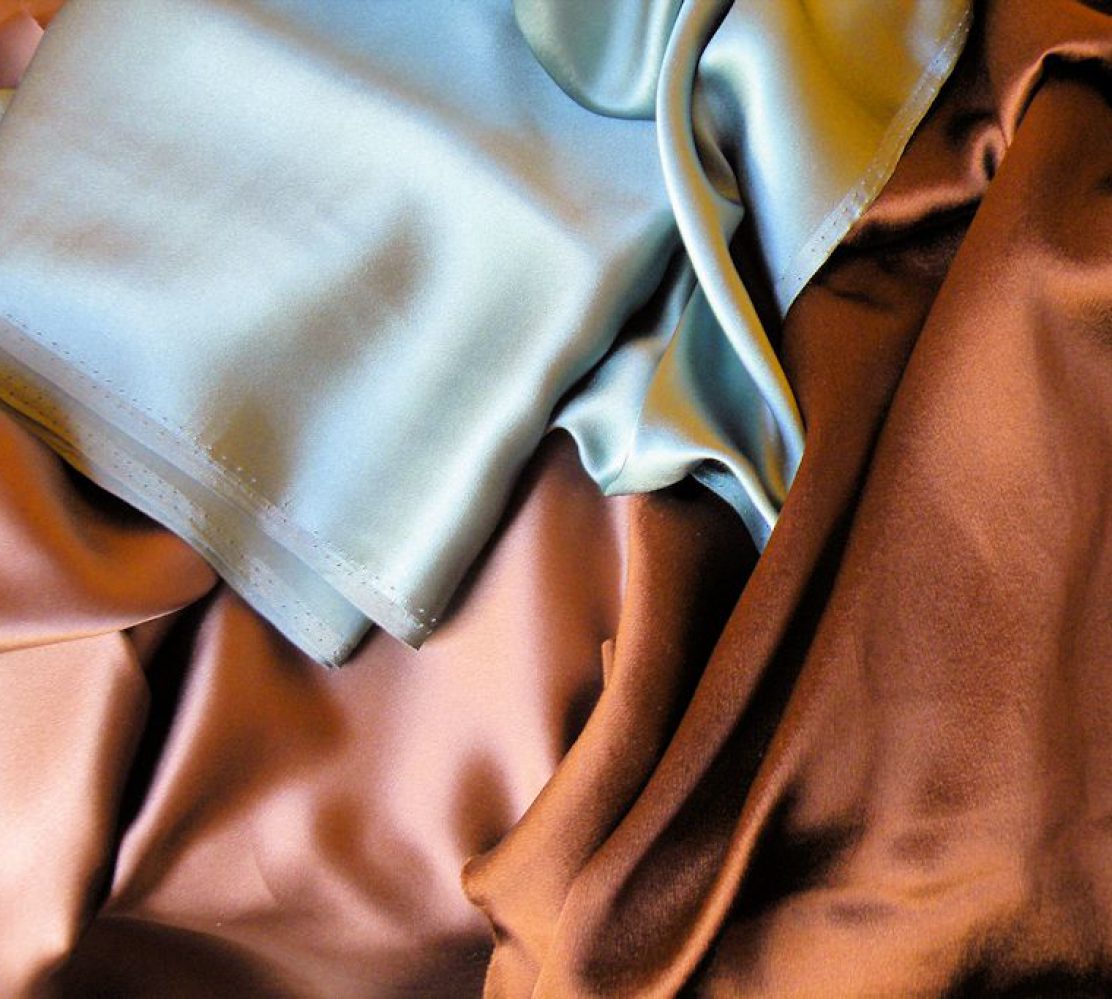The Holy Grail
It seems like I’m not the only one on a quest for the perfect fit with personal slopers.
Frabjous Couture is working on one following Kenneth D King’s Moulage class instructions. Tanit-Isis Sews made one a few months ago using Winnifred Aldritch’s “Metric Pattern Cutting for Women’s Wear” book. And who can blame them when you see all the fun Petit Main Sauvage has bringing her designs to life using her slopers.
The Odyssey
 I’ve attempted many time before. They all seem to fizzle out somehow, leaving a trail of useless fitting muslins behind. You can then understand my reluctance to make a toile for every singe new pattern.
I’ve attempted many time before. They all seem to fizzle out somehow, leaving a trail of useless fitting muslins behind. You can then understand my reluctance to make a toile for every singe new pattern.
But how else do you get a decent fit? I obviously don’t have the answer, judging from the drag lines on quite a few of my recent makes. But it doesn’t stop me from trying and try again.
The Siren’s Call
So when I bought Palmer / Pletsch’s “Fit For Real People” book on the recommendations of many a Sewist online, I was quite taken with their approach. First of all, FFRP is a great read. So many interesting factoids! I now have more appreciations for the Big 4 even if they don’t deliver me the perfect fit out of the envelope.
Palmer / Pletsch’s approach seem so empowering. A method to fit patterns – any size patterns – so that you’re no longer limited by what the pattern companies can afford to offer. Best of all, very little measuring and no more piles and piles of useless toiles…I’m SOLD on this “Tissue Fitting + Fit-As-You-Sew with Fashion Fabric” approach!
Don’t get me wrong, I will still be making toiles for some projects. Like many have said before, tissue paper doesn’t behave like fabrics. So I don’t see how I can tissue fit a negative-ease knit pattern or a design with some flowy billowy details. Or any of those origami patterns from Vogue pattern’s Donna Karan line!
But then not all fabrics behave the same either.
If you fit with muslin / calico fabric that doesn’t behave the same way as your fashion fabric, you might still end up with garments that look / fit differently than your toile. Hence the appeal of Fit-As-You-Sew step.
Plus I don’t know how you’d handle slash alteration method if you’re working with fabric. You can’t exactly tape fabric together, can you? If your alterations are many I’d imagine you might end up making a few toiles just for one pattern.
Yes, you might have to do that with tissue fitting too. But tissues are easier to recycle. I always feel guilty about throwing away fitting toiles or poorly fitted projects. What DO you do with your toiles afterward?
The other thing I like about Palmer / Pletsch’s approach is that by starting with a Big 4 fitting pattern, I’ll learn how my shape differ from their target shape. That’ll help with altering any patterns from the Big 4 as well as having a basic sloper to create my own designs from.
If I had drafted a pattern from scratch – which I’ve done many times – then I wouldn’t have their target shape as a point of reference. Yes, you can compare a fashion pattern to a self-drafted sloper. But then you might end up altering the design because you won’t know if the difference between your sloper and the pattern is due to the design or differences between your shape and the pattern company’s target shape. (That’s another reason I’m weary of Burda Style patterns. There’s no way to find out what their target shape is now that they seem to have discontinued their fitting pattern.)
All Aboard!
I’m sure there’ll be pit-falls. Theories always sound good. The reality may not always be so rosy. But you can’t knock it until you tried it. And I mean really tried it.
So hop abroad for the ride! I’ll share my trials & errors with you as I go along.
And if you’ve tried the Palmer / Pletsch’s approach, do share your knowledge and wisdom! Tell us your experience in the comments. Link to your blogs or forum postings if you’ve wrote about your experience before.






